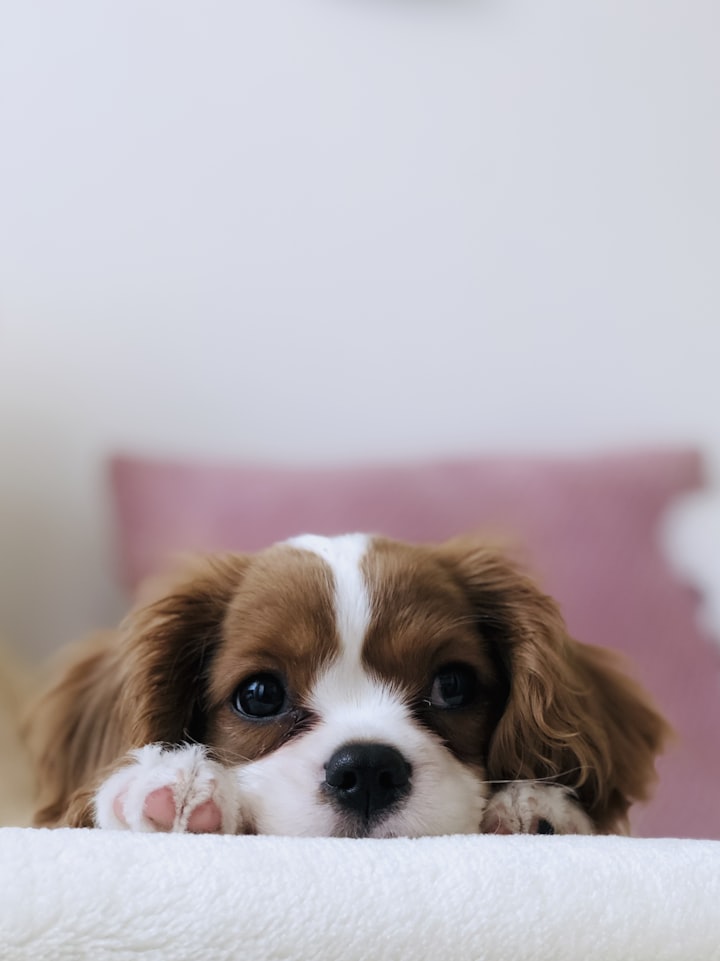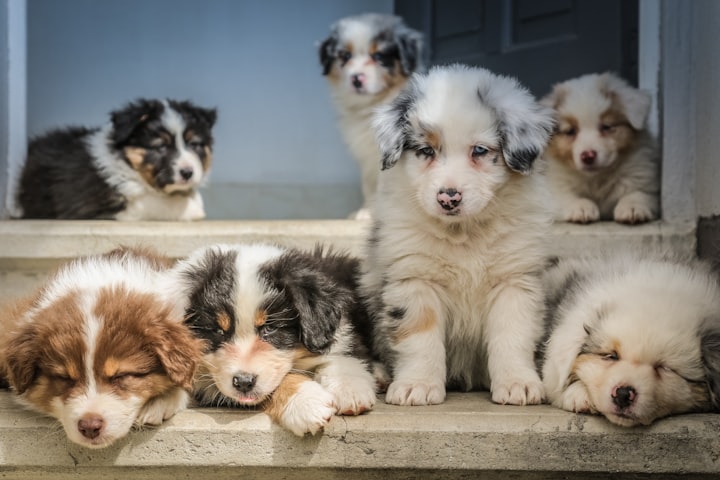How to train your puppy.
"How to train your puppy" book review.

"How to train your puppy" is a comprehensive guide to training your new pup. Written by a professional dog trainer, the book covers everything from basic obedience commands to advanced training techniques. It is a great resource for both first-time dog owners and experienced trainers looking for a refresher on the basics.
To get a copy of this amazing guide click here.
One of the book's strengths is its emphasis on positive reinforcement training methods. The author stresses the importance of using rewards and praise to encourage good behavior, rather than relying on punishment or physical force. This approach is not only more humane, but it also tends to produce better results in the long run. The author also provides detailed instructions on how to train specific commands such as sit, stay, come, and heel, as well as how to address common behavior issues like jumping, barking, and biting.

Another highlight of the book is its focus on socialization. The author stresses the importance of exposing your pup to a variety of people, animals, and environments in order to prevent fearfulness and aggression later on. The author provides detailed instructions on how to properly introduce your puppy to new experiences and how to handle common socialization challenges.
To get a copy of this amazing guide click here.
The author also includes a section on crate training, which is an important aspect of puppy training. The author explains how to properly introduce a puppy to a crate, how to make the crate a positive experience for the puppy, and how to use the crate for house training.
The book also includes a section on how to handle common puppy behavior problems, such as house training accidents, destructive chewing, and separation anxiety. The author provides practical solutions and tips on how to manage these issues and prevent them from becoming bigger problems down the road.
To get a copy of this amazing guide click here.
The author also includes a section on basic first aid and emergency care for puppies, which is a great resource for new puppy owners who may not be familiar with common puppy health issues. This section covers everything from basic first aid to more serious conditions like bloat, broken bones, and seizures.
One thing that could be improved in the book is the organization. The information is presented in a logical and easy to understand manner, but there is a lot of information to absorb, so it might be hard for some readers to find exactly what they're looking for.

In conclusion, "How to train your puppy" is a comprehensive and informative guide to training your new pup. The author's emphasis on positive reinforcement training and socialization makes it a humane and effective approach to training. The book covers everything from basic obedience commands to advanced training techniques and it is a great resource for both first-time dog owners and experienced trainers. The author also provides detailed instructions on how to train specific commands, how to address common behavior issues and how to handle common puppy behavior problems. Although the book is well-written, the organization of the information could be improved. Overall, "How to train your puppy" is an excellent resource for anyone looking to train their new pup.
Training a puppy can be a fun and rewarding experience, but it also requires patience, consistency, and a positive attitude. Here are some basic steps to help you get started:
Start with basic obedience commands: Teaching your puppy basic commands such as "sit," "stay," "come," and "heel" will help establish a foundation for more advanced training. Use positive reinforcement techniques, such as treats and praise, to encourage good behavior.
Socialize your puppy: Expose your puppy to a variety of people, animals, and environments to help them become well-adjusted and confident adults. This can include taking them to puppy socialization classes, going for walks in different neighborhoods, and inviting friends over to visit.
Crate train your puppy: A crate can be a useful tool for house training and for keeping your puppy safe when you can't supervise them. Introduce your puppy to the crate gradually and make it a positive experience by placing treats and toys inside.
Potty train your puppy: Consistency is key when it comes to house training. Set a schedule for taking your puppy outside to go potty, and be sure to take them out first thing in the morning, after meals and naps, and before bedtime.
Address behavior problems: Common puppy behavior problems such as chewing, barking, and biting can be addressed with positive reinforcement techniques, consistent training, and by providing your puppy with appropriate toys and chew items.
Basic first aid and emergency care: It's important to know how to handle common puppy health issues such as cuts, scrapes, and minor injuries, as well as more serious conditions like bloat, broken bones, and seizures.
Remember that training a puppy takes time and patience. Be consistent with your training methods and stay positive, and you will soon have a well-behaved and happy pup.





Comments
There are no comments for this story
Be the first to respond and start the conversation.